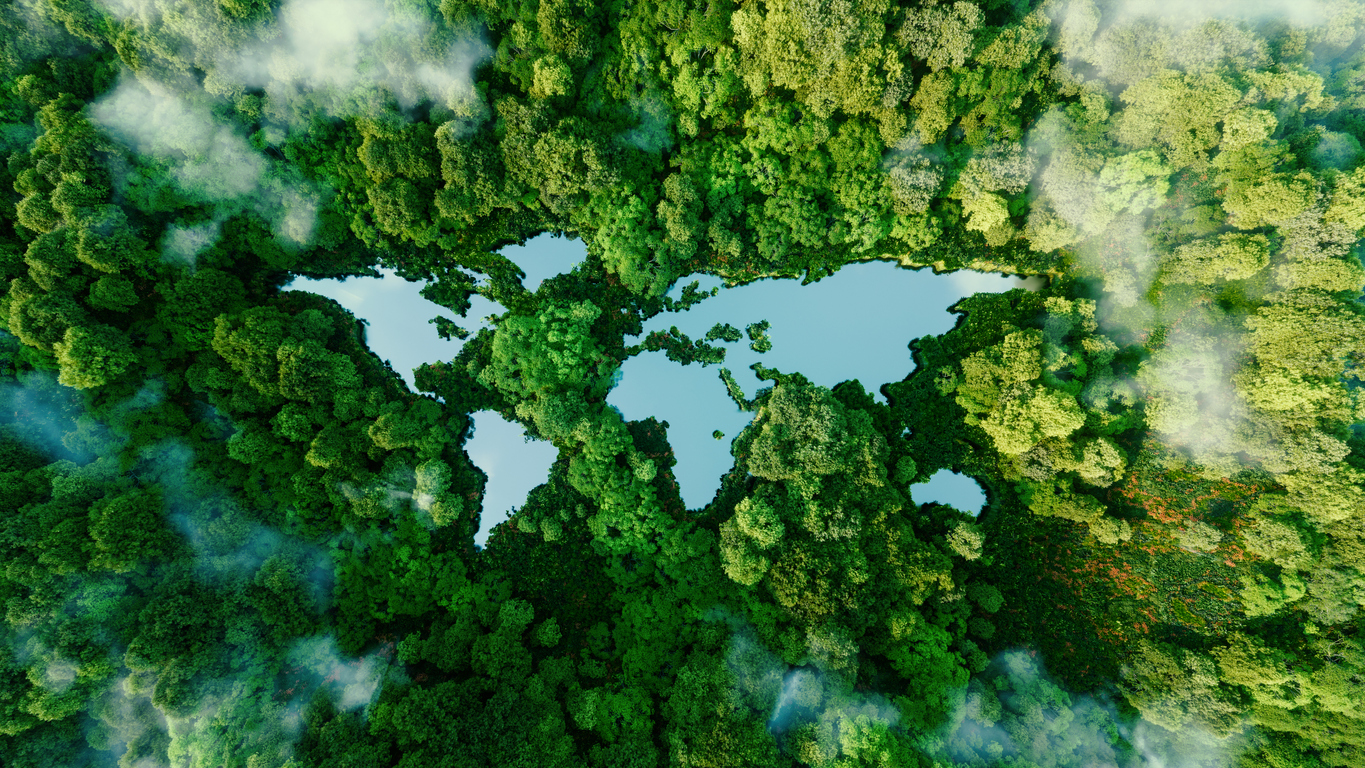AMS 2024 Short Course: Noah-MP Land Surface Model Tutorial
Model Physics, Code Structures, and Simulation Exercises
Noah-MP Land Surface Model Tutorial:
Model Physics, Code Structures, and Simulation Exercises
January 27, 2024 | 1:30 - 5:30 PM (EST)
Baltimore Convention Center (Hybrid)
The community open-source Noah-MP land surface model (LSM) is one of the most widely used and cited LSMs in the world. It has been used in a wide range of applications ranging from numerical weather prediction to decadal global/regional climate simulations to hydrological modeling. Noah-MP has been used in the Weather Research and Forecasting model (WRF), the NOAA operational National Water Model (NWM), the NASA Land Information System (LIS), the NOAA Unified Forecast System (UFS), and other operational weather prediction models outside US. This short course, being offered in conjunction with the 38th Conference on Hydrology, will offer lectures and hands-on exercises for model users and developers, particularly allowing people to get familiar with the latest modernized Noah-MP version in terms of model physics, code structures, and simulation set-up.

Noah-MP® Open-Source Community Land Surface Model. The 4 colors represents: Soil, Water, Vegetation, and Energy. The 4 big circle "C"s represent: Community, Collaborative, Comprehensive, Cutting-edge
Participants will gain:
- Knowledge of model physics in the latest Noah-MP.
- Understanding of model code of the latest Noah-MP.
- Knowledge of how to run Noah-MP model and associated applications.
Please register through the AMS Website
See more RAL at AMS events
Instructors
Cenlin He
Zhe Zang
Ufuk Turuncoglu
Ronnie Abolafia-Rosenzweig
Tzu-Shun Lin
Short Course Materials
- Slides for NoahMP introduction and description (12.03 MB)
- Slides for UFS/NoahMP component model description (4.8 MB)
- Hands-on exercise for running HRLDAS/Noah-MP (GitHub link)
- Hands-on exercise for running UFS/Noah-MP component model (GitHub link)
- More HRLDAS/Noah-MP hands-on exercise tutorial (GitHub link)
- Instruction for downloading and setting up Noah-MP Docker container (1.83 MB)
- Noah-MP Docker container website link for downloading
